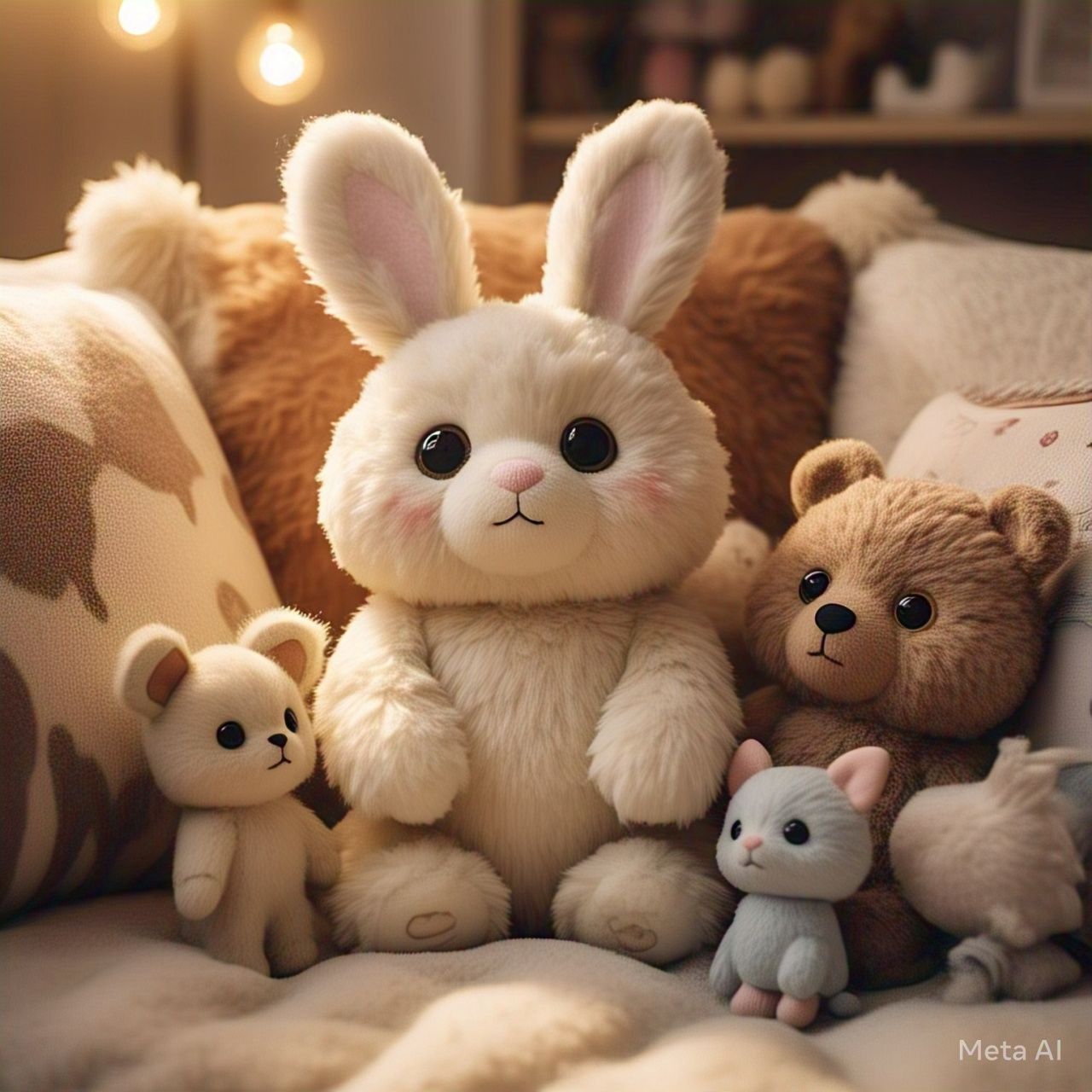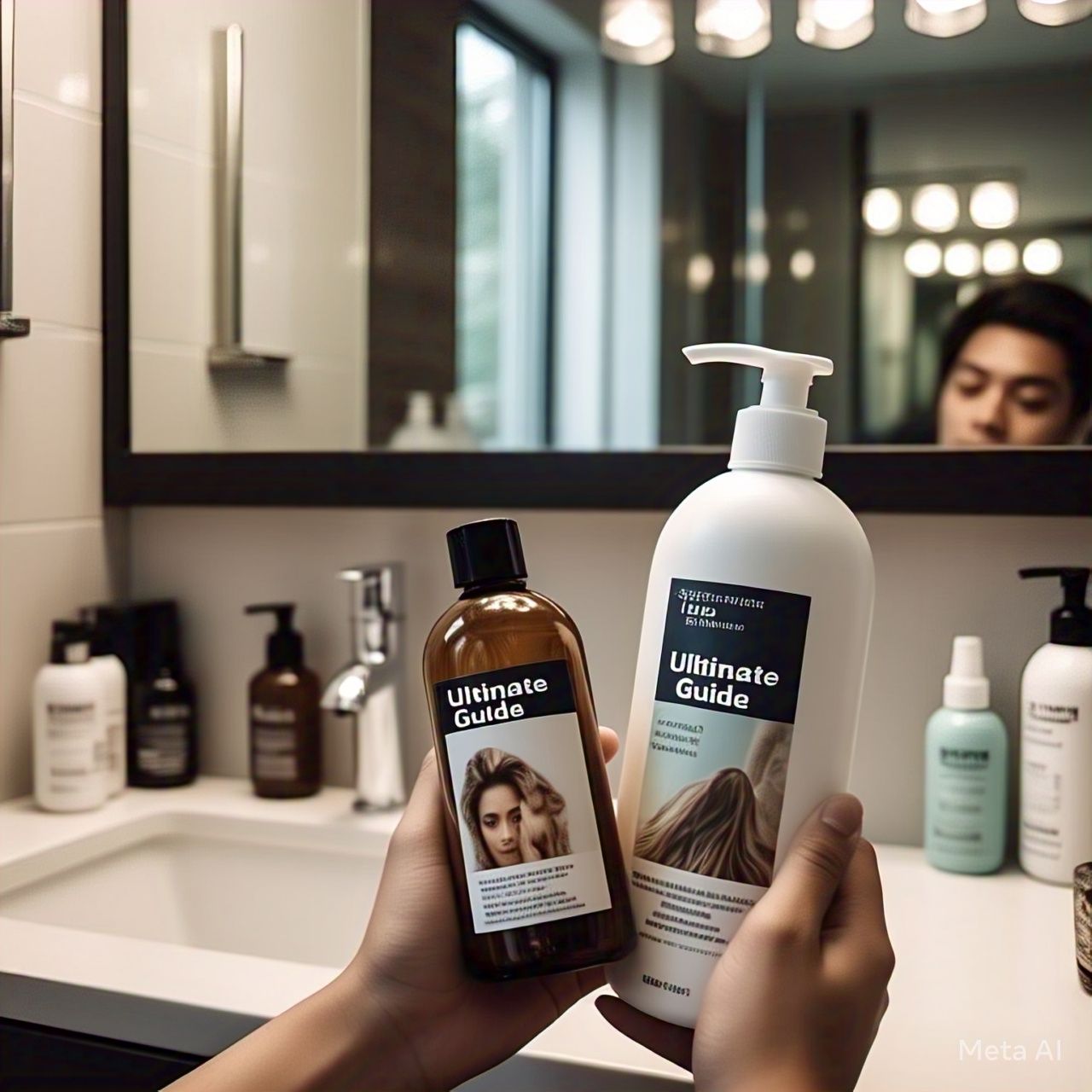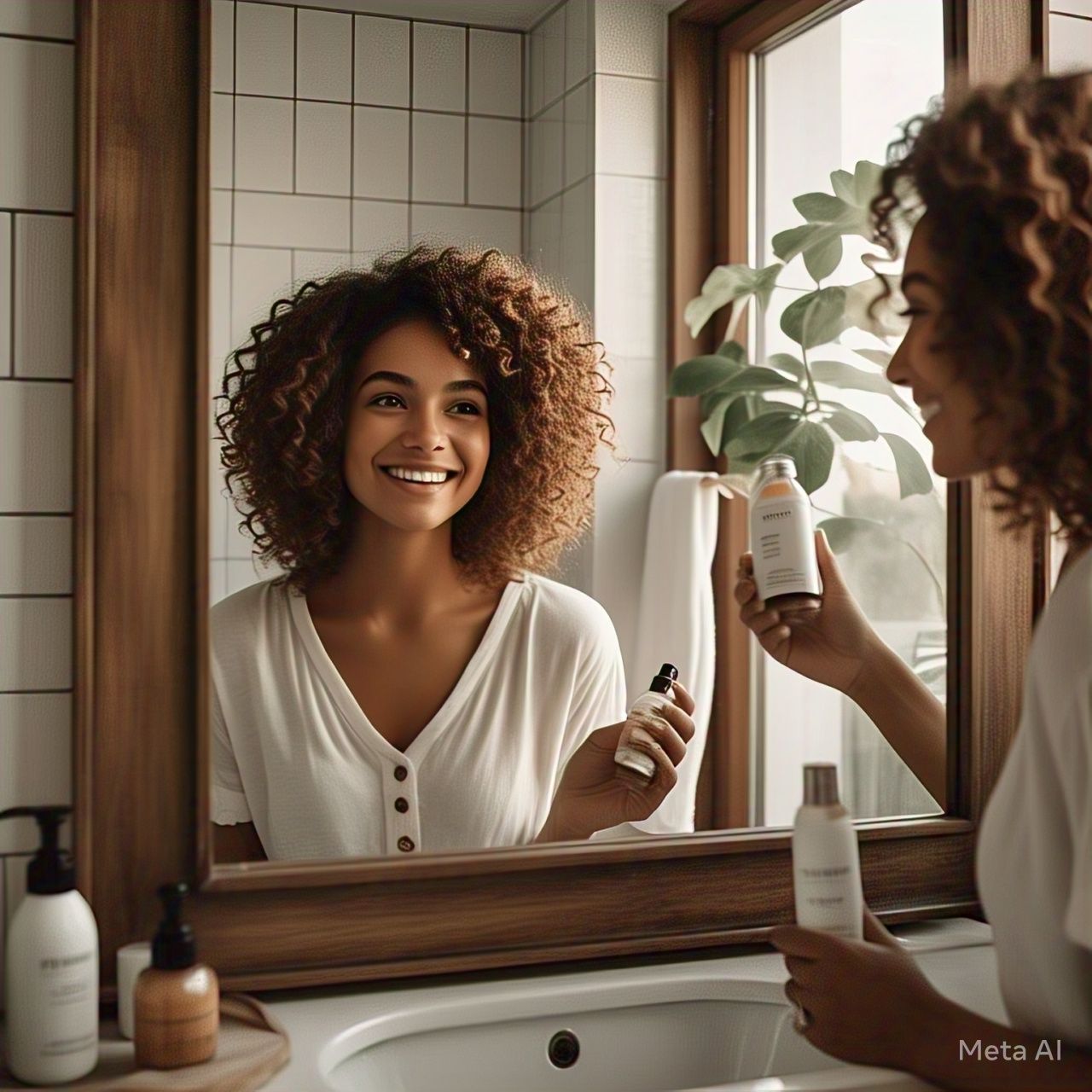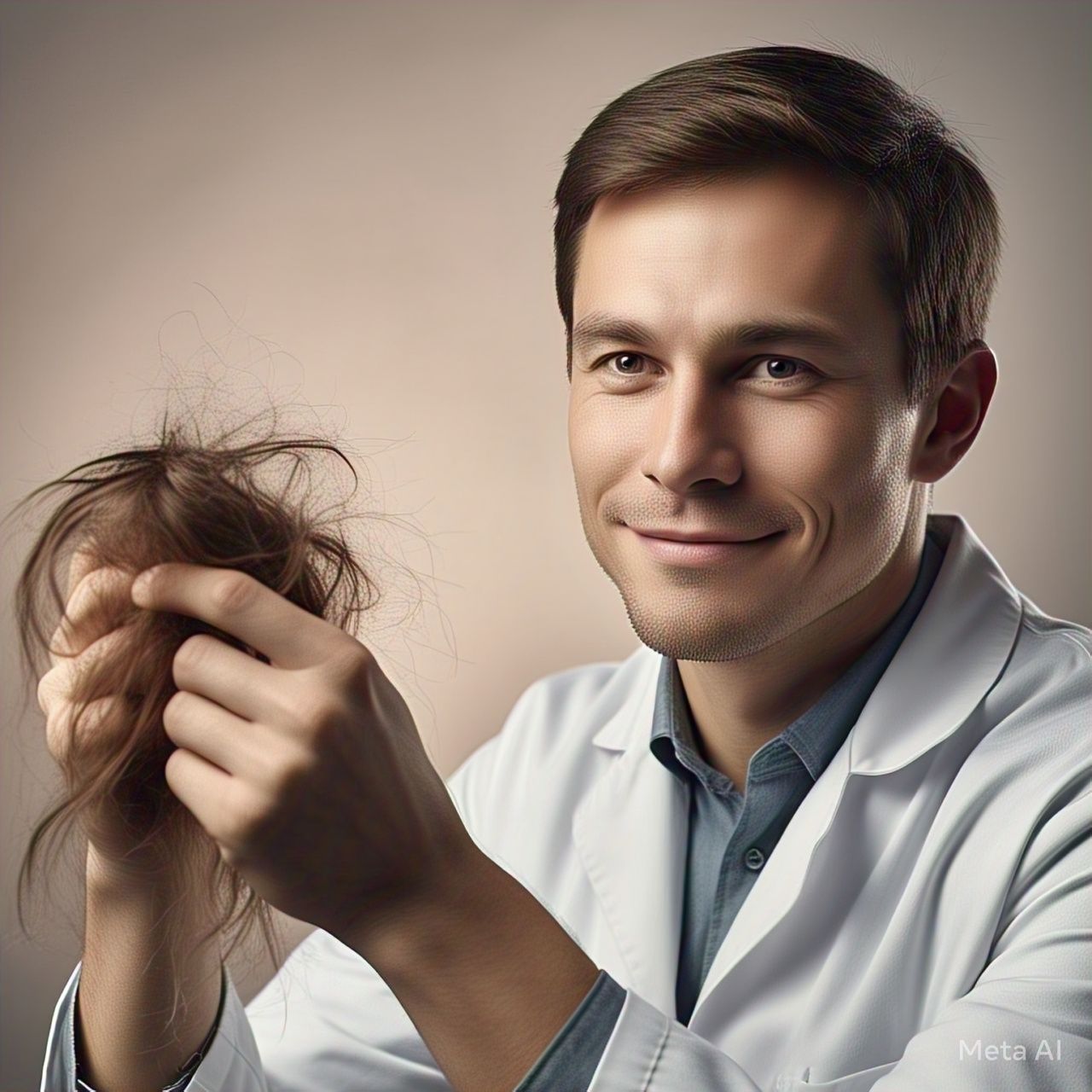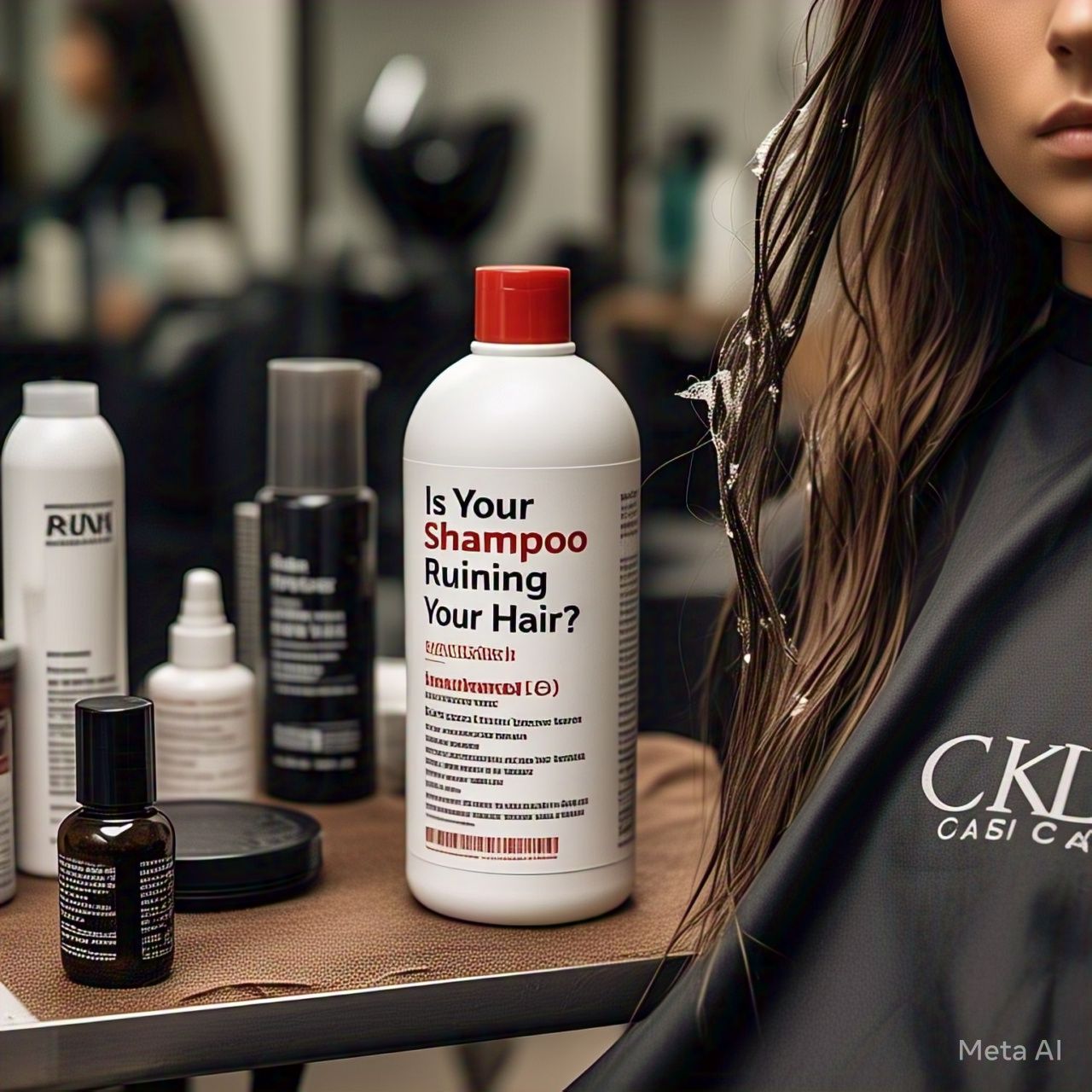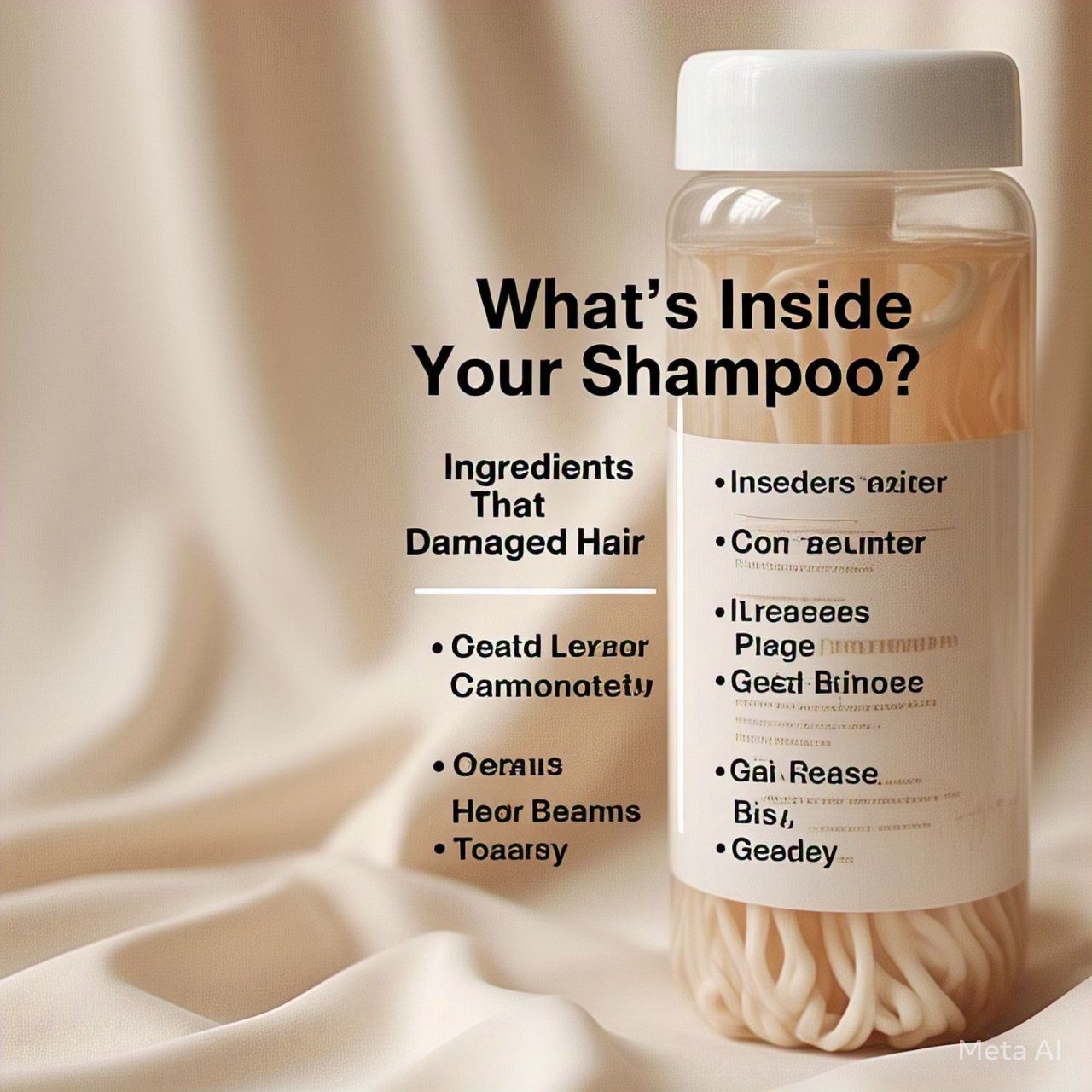Cuddly Companions: The Rise of Jellycat and Why It’s More Than Just a Toy
In a world filled with fast-paced technology and fleeting trends, a soft, plush companion named Jellycat has captured hearts across generations. Founded in 1999 by brothers William and Thomas Gatacre in London, Jellycat began as a small venture to create whimsical stuffed toys that spark joy. Today, it stands as a global phenomenon, with its quirky bunnies, smiling avocados, and cuddly dragons adorning bedrooms, social media feeds, and even fashion runways. Far from being just a child’s plaything, Jellycat has woven itself into the fabric of modern culture, offering comfort, nostalgia, and a sense of connection in an often chaotic world. Its rise reflects a broader yearning for simplicity and emotional grounding, making it a brand that resonates with both young and old.
This article explores Jellycat’s journey in four parts, each delving into a different facet of its appeal. The first part traces the brand’s origins and its clever use of design to stand out in a crowded market. The second examines how social media, particularly platforms like TikTok and Instagram, has fueled its popularity among millennials and Gen Z. The third part looks at the emotional and psychological role Jellycat toys play, serving as more than mere objects but as sources of comfort and identity. Finally, the fourth part considers Jellycat’s cultural and economic impact, from its collectible status to its influence on retail trends. Through this exploration, it becomes clear that Jellycat is not just a toy—it’s a symbol of joy, creativity, and human connection.
From London Loft to Global Love: Jellycat’s Beginnings and Design Magic
Origins of a Plush Empire
Jellycat’s story starts in a modest London loft, where brothers William and Thomas Gatacre dreamed of creating toys that were different from the stiff, generic stuffed animals flooding stores in the late 1990s. At the time, the toy market leaned heavily on realistic designs or licensed characters tied to cartoons. The Gatacres saw an opportunity to break the mold. They wanted toys that felt alive with personality, crafted to inspire imagination rather than mimic reality. Naming the brand “Jellycat” after a child’s love for jellies and cats, they infused it with a playful spirit that would define its identity. By 2001, the company had expanded to the United States, setting the stage for a global reach that now spans over 80 countries.
The early years were not without challenges. Competing against giants like Ty’s Beanie Babies, which had sparked a collecting frenzy, required Jellycat to carve a unique niche. Instead of chasing trends, the brothers focused on quality and originality. Their first designs, like the Bashful Bunny with its floppy ears and shy expression, struck a chord with parents seeking safe, huggable toys for their children. Unlike mass-produced plushies, Jellycat toys used premium fabrics that felt soft against the skin, with stitching built to withstand years of cuddles. This commitment to craftsmanship laid a foundation for loyalty that would grow over decades.
Crafting Whimsy with Purpose
What sets Jellycat apart is its design philosophy, which blends whimsy with intention. While competitors often stuck to traditional animals like bears or dogs, Jellycat dared to dream bigger. Its Amuseables line, launched in 2018, turned everyday objects—think croissants, cacti, or coffee cups—into smiling, leggy plush toys. This bold move wasn’t just about standing out; it was about inviting people to see the world through a lens of playfulness. A child holding an Amuseable Avocado might imagine it as a friend on an adventure, while an adult might display it as a quirky desk companion. This versatility broadened Jellycat’s appeal, making it a brand for all ages.
The design process itself is a labor of love. Jellycat’s team, based in London, starts with sketches that capture a toy’s “personality.” Prototypes are then crafted and tested for softness, durability, and safety, ensuring they meet strict global standards. The result is a toy that feels intentional, from the weight of its stuffing to the texture of its fur. For example, the Fossilly Dino, with its velvety scales and squishy tail, feels like a creature from a storybook rather than a factory line. This attention to detail has earned Jellycat a reputation for quality, with retailers like Selfridges reporting it as their fastest-selling toy brand in recent years.
Building a Timeless Brand
Jellycat’s growth wasn’t driven by aggressive marketing or flashy campaigns. Instead, it relied on word-of-mouth and a quiet confidence in its product. Stores like John Lewis and Nordstrom began stocking Jellycats, drawn to their unique charm and customer demand. The brand also mastered the art of scarcity, releasing limited-edition toys twice a year in January and July. When a design like the Cheryl Cherry Cake sells out, it creates buzz among collectors, driving demand on resale platforms like eBay, where rare plushies can fetch hundreds of pounds. This strategy keeps Jellycat fresh without overwhelming its audience, ensuring each release feels special.
The brand’s refusal to chase fleeting trends has also contributed to its longevity. While other companies tied their toys to movies or fads, Jellycat focused on universal themes: comfort, imagination, and joy. A Bashful Bunny purchased in 2005 still feels relevant today, its simple design transcending time. This timelessness appeals to parents who want toys that last beyond a single season, as well as adults who find nostalgia in their softness. By staying true to its roots, Jellycat has built a brand that feels both familiar and innovative, a rare balance in today’s fast-moving world.
Expanding the Jellycat Universe
As Jellycat grew, it didn’t limit itself to plush toys. The brand ventured into board books, baby accessories, and even bag charms, each carrying its signature charm. These products, like the “If I Were…” book series with tactile tails, encourage early learning while staying true to Jellycat’s playful aesthetic. Bag charms, shaped like tiny croissants or dragons, have become a fashion statement, dangling from handbags at New York Fashion Week. This expansion shows Jellycat’s ability to evolve while staying cohesive, offering something for every stage of life.
By 2023, Jellycat’s revenue had climbed to £200 million, a testament to its global appeal. Its offices in Minneapolis, Shanghai, and Seoul reflect a brand that’s no longer just a British quirk but a worldwide sensation. Yet, despite its scale, Jellycat retains a sense of intimacy. Its toys still feel personal, as if crafted for one person’s joy. This balance of growth and authenticity is what makes Jellycat’s rise so remarkable, setting the stage for its dominance in a digital age where connection matters more than ever.
Social Media Stardom: How Jellycat Conquered TikTok and Beyond
Rise of the Plush Influencer
In the early 2010s, Jellycat was a beloved but relatively quiet brand, cherished by parents and toy enthusiasts. Then came social media, and everything changed. Platforms like TikTok and Instagram turned Jellycat into a cultural juggernaut, particularly among millennials and Gen Z. Videos of people unboxing their latest Jellycat haul—whether a giggling teen with a Smudge Puppy or a twenty-something arranging an Amuseable Baguette on their shelf—began flooding feeds. By 2024, the hashtag #Jellycat had amassed hundreds of millions of views on TikTok alone, transforming plush toys into viral stars.
This surge wasn’t accidental. Social media thrives on authenticity and emotion, qualities Jellycat embodies effortlessly. Unlike polished ads, Jellycat content feels personal. A collector might post a video of their Fossilly Brontosaurus “guarding” their desk, narrating its “adventures” with genuine affection. These posts resonate because they tap into a universal desire for joy and connection. For young adults navigating uncertain times, sharing a Jellycat video becomes a way to express individuality while joining a global community of fans.
TikTok’s Role in the Craze
TikTok, with its short, addictive videos, proved the perfect stage for Jellycat’s charm. Creators began showcasing their collections in creative ways, from stop-motion animations of plushies “dancing” to hauls where they rank their favorites. One trend, dubbed the “Jellycat hunt,” involves filming trips to stores like Selfridges, where fans search for sold-out designs like the Harrod’s Vicky Teapot. These videos often end with triumphant reveals, sparking excitement among viewers who rush to comment, “Where did you find that?!” This interactive energy keeps Jellycat trending, as fans feel like part of the chase.
The platform also amplified Jellycat’s appeal through aesthetic trends. Gen Z’s obsession with “cozy core” and “kidulting”—embracing childhood comforts—made Jellycat a natural fit. A pastel-hued Bashful Bunny perched on a minimalist desk became a staple of curated Instagram grids, blending nostalgia with modern style. Influencers, from micro-bloggers to celebrities, began incorporating Jellycats into their content, further blurring the line between toy and lifestyle accessory. When a pop star was spotted with a Jellycat bag charm, it cemented the brand’s place in pop culture.
Instagram’s Visual Playground
While TikTok fueled Jellycat’s viral moments, Instagram provided a canvas for its visual appeal. The platform’s focus on polished images and stories let collectors showcase their plushies in stunning detail. Accounts dedicated to Jellycat, some with tens of thousands of followers, post meticulously arranged displays: a row of Amuseable Fruits on a shelf or a Bashful Bunny tucked into a cozy bed. These images aren’t just about toys—they’re about creating a mood of warmth and creativity that draws viewers in.
Instagram Stories added another layer, with fans sharing “day in the life” snippets of their Jellycats. A plush croissant might “join” a coffee run, or a dragon might “watch” a movie, complete with captions that give it a personality. This storytelling resonates with followers who see Jellycats as more than objects but as companions with their own quirks. Retailers like John Lewis also jumped on the trend, using Instagram to announce new releases, which often sell out within hours. The platform’s shoppable features make it easy for fans to snag a plushie with a tap, driving sales and hype simultaneously.
Community and Connection Online
Beyond aesthetics, social media has fostered a sense of belonging among Jellycat fans. Reddit threads and Facebook groups buzz with discussions about rare finds, care tips, and wish lists. On r/Jellycatplush, users swap stories of how their plushies help with anxiety or mark milestones like graduations. These communities bridge generational gaps, with teens and retirees alike bonding over their love for a Smudge Hippo or Fossilly Triceratops. This inclusivity makes Jellycat feel like a shared language, uniting people across cultures and time zones.
The brand itself stays subtle online, letting fans drive the conversation. Jellycat’s official accounts post charming photos and announce releases, but they avoid heavy-handed marketing. This restraint builds trust, as fans feel they’re discovering the brand organically. When a limited-edition plush like the Cheryl Cherry Cake drops, the frenzy unfolds naturally, with collectors posting “ISO” (in search of) pleas and celebrating their wins. This grassroots energy keeps Jellycat’s online presence authentic, a rarity in an era of algorithm-driven ads.
Navigating the Digital Double-Edge
Social media’s role in Jellycat’s rise isn’t without pitfalls. The same platforms that boost its popularity can create pressure to keep up with trends or snag rare designs. When a plush sells out, resale prices skyrocket—some Bashful Bunnies have listed for over £2,000 on eBay. This frenzy can alienate fans who can’t afford to compete, turning a source of joy into a status symbol for some. Jellycat has responded by expanding production and offering “notify when available” options, but demand often outpaces supply.
Despite these challenges, social media has undeniably transformed Jellycat into a cultural force. It’s no longer just a toy brand but a lifestyle, a community, and a creative outlet. By tapping into the internet’s power to connect and inspire, Jellycat has ensured its plushies are more than fleeting fads—they’re icons of a digital age where joy is shared one post at a time.
More Than Fluff: The Emotional Power of Jellycat
Comfort in a Chaotic World
At first glance, a Jellycat plush might seem like a simple toy—a soft bunny or a smiling bagel to brighten a room. But for many, these cuddly companions hold deeper meaning. In a world often marked by stress and uncertainty, Jellycat toys offer a tangible source of comfort. Their softness, designed with plush velvet and gentle fibers, invites touch, triggering a calming effect that psychologists link to sensory grounding. For children, a Bashful Bunny might ease bedtime fears, while for adults, an Amuseable Cactus can be a quiet anchor during anxious moments.
This emotional role became especially clear during the COVID-19 lockdowns. As people faced isolation and fear, many turned to small comforts. Jellycat sales soared, with retailers like Selfridges reporting a 215% spike in demand. Stories emerged of adults buying plushies to cope with loneliness, placing them on desks during endless Zoom calls or hugging them during sleepless nights. A 40-year-old collector named Nell Richards, quoted in The Guardian, shared how her 23 Jellycats helped manage severe anxiety after a traumatic relationship. Stroking her plush rabbit’s ears, she said, “takes the edge off things.” Her story reflects a broader truth: Jellycat toys are emotional lifelines for many.
Nostalgia and the Inner Child
Jellycat’s appeal also stems from its ability to evoke nostalgia. For millennials and Gen Z, who grew up in the shadow of economic uncertainty and digital overload, childhood feels like a lost Eden. A Fossilly Dino or Smudge Puppy taps into that longing, recalling simpler times of play and imagination. This isn’t just sentimentality—it’s a psychological bridge to the inner child. Therapists note that engaging with childhood symbols can reduce stress and foster self-compassion, making Jellycat’s plushies powerful tools for mental health.
The brand’s designs amplify this effect. Unlike hyper-realistic toys, Jellycats lean into whimsy—think a dragon with a squishy snout or a croissant with dangly legs. These playful touches spark creativity, inviting owners to invent stories or personalities for their plushies. A 25-year-old TikTok creator named Day, who runs a Jellycat account, told The Guardian she loves arranging her Amuseable Olive and Marshmallow in themed displays, like a space adventure. This act of play isn’t childish—it’s a deliberate reclaiming of joy, a way to counter the grind of adult life.
Identity and Self-Expression
Beyond comfort, Jellycats serve as canvases for identity. With thousands of designs, from classic animals to quirky objects, there’s a plush for every personality. A bookish student might choose an Amuseable Book, while a foodie might gravitate toward a Boiled Egg with blushing cheeks. This variety lets people curate collections that reflect their passions, much like choosing art or fashion. For some, displaying a Jellycat is a subtle signal of their values—playfulness, creativity, or a rejection of society’s rush to “grow up.”
Social media amplifies this self-expression. When fans post photos of their Jellycats, they’re sharing pieces of themselves. A plush arranged in a dorm room or carried to a café becomes a statement, sparking conversations with strangers who recognize the brand. This communal aspect is vital, especially for young adults seeking connection in a fragmented world. Jellycat’s inclusive designs, which avoid gendered stereotypes, also make it a favorite among diverse groups, from teens exploring their identities to adults embracing their quirks.
A Lifelong Bond
The emotional power of Jellycats often leads to lifelong attachments. Unlike toys that kids outgrow, these plushies transition seamlessly into adulthood. A bunny gifted at birth might sit on a college desk years later, carrying memories of home. Reddit users on r/BabyBumpsandBeyondAu share stories of plushies enduring years of love—one parent described their son, now four, still sleeping with a Jellycat monkey gifted at birth. For adults, buying a plushie can mark milestones, like a new job or recovery from illness, making it a symbol of resilience.
This durability isn’t just emotional but physical. Jellycat’s high-quality materials ensure toys withstand years of hugs, washes, and adventures. While cheaper plushies might fray or flatten, a Jellycat retains its shape and softness, reinforcing its role as a constant companion. This reliability matters in a throwaway culture, where objects rarely carry lasting meaning. By offering both emotional depth and tangible quality, Jellycat transforms a simple toy into a lifelong friend.
Cultural Icon and Economic Force: Jellycat’s Broader Impact
Redefining Toy Culture
Jellycat has done more than sell toys—it’s reshaped how society views them. Once dismissed as childish, stuffed animals are now celebrated as cultural artifacts, thanks largely to Jellycat’s influence. Its plushies appear in high fashion, with bag charms spotted at Paris runway shows, and in home decor, where Amuseable Fruits adorn chic apartments. This shift reflects a broader trend of “kidulting,” where adults embrace play without shame. By making toys aspirational, Jellycat has blurred the line between childhood and adulthood, creating a culture where joy is ageless.
The brand’s pop-up experiences have cemented its cultural clout. At Selfridges in London, customers could order plush “fish and chips” from a counter, complete with staff sprinkling “salt” on their toys. These immersive events, covered widely on TikTok, turn shopping into theater, making Jellycat a lifestyle brand as much as a toy maker. They also tap into a craving for experiences over possessions, offering fans memories that linger long after the plushie is unwrapped.
Economic Powerhouse
Jellycat’s cultural influence translates into serious economic impact. By 2023, the company’s revenue hit £200 million, with pre-tax profits of £67 million, numbers that rival major retailers. Its growth during the pandemic, when toy sales spiked, underscores its market strength. Retailers like Selfridges and John Lewis report Jellycat as a top performer, with sales up 189% year-over-year at some stores. This success stems from the brand’s ability to appeal to diverse buyers—parents, collectors, and gift-givers—while maintaining premium pricing, with toys ranging from £12 to £200.
The collectible market adds another layer. Limited-edition plushies, like the Harrod’s Cheryl Cherry Cake, sell out instantly, only to reappear on eBay for hundreds or even thousands of pounds. This resale frenzy mirrors the Beanie Babies craze of the 1990s but feels more sustainable, driven by genuine fandom rather than speculation. Jellycat’s twice-yearly releases keep collectors engaged, ensuring steady demand. Meanwhile, its global reach, with offices in four continents, makes it a key player in the $100 billion toy industry.
Shaping Retail Trends
Jellycat’s success has influenced how retailers approach plush toys. Stores now prioritize experiential displays, like Selfridges’ pop-ups, to draw crowds. Online, brands mimic Jellycat’s social media strategy, letting fans create buzz while maintaining a light official presence. Competitors like Squishmallows have followed suit, launching quirky designs to capture the adult market, but none match Jellycat’s blend of quality and charm. Retail Week notes that Jellycat’s focus on whimsy over realism has set a new standard, pushing others to innovate.
The brand also drives gift culture. Jellycats are go-to presents for baby showers, birthdays, and even corporate events, their versatility making them ideal for any occasion. This gifting trend boosts sales year-round, unlike seasonal toys tied to holidays. Retailers capitalize on this by bundling Jellycats with books or accessories, creating curated sets that feel personal. As a result, Jellycat has become a staple of modern gift-giving, reinforcing its place in everyday life.
Legacy and Future Horizons
As Jellycat marks over 25 years, its legacy is clear: it’s made softness a universal language. Its toys transcend borders, bringing comfort to a child in Seoul or a collector in New York. Looking ahead, the brand shows no signs of slowing. Plans for new designs, like eco-friendly plushies, hint at a commitment to sustainability, while collaborations with artists could push its creative boundaries further. Yet, Jellycat’s core strength—its ability to spark joy—remains unchanged.
The brand’s future lies in balancing growth with authenticity. As demand grows, maintaining quality and accessibility will be key. Fans hope for wider availability to curb inflated resale prices, while collectors crave more exclusive drops. Whatever path it takes, Jellycat’s impact is undeniable. It’s turned a simple toy into a movement, proving that in a complex world, a cuddly companion can hold profound power.
Conclusion
Jellycat’s rise from a small London venture to a global icon reveals a truth about human nature: people crave connection, comfort, and joy, no matter their age. Its whimsical designs, amplified by social media, have made it a beacon for those seeking lightness in heavy times. Emotionally, Jellycat offers solace, tapping into nostalgia and self-expression with every plush hug. Culturally and economically, it’s redefined toys as timeless treasures, influencing fashion, retail, and gifting trends. More than a toy, Jellycat is a reminder that simple things—a soft bunny, a smiling croissant—can carry deep meaning, stitching together moments of happiness in an ever-changing world.
